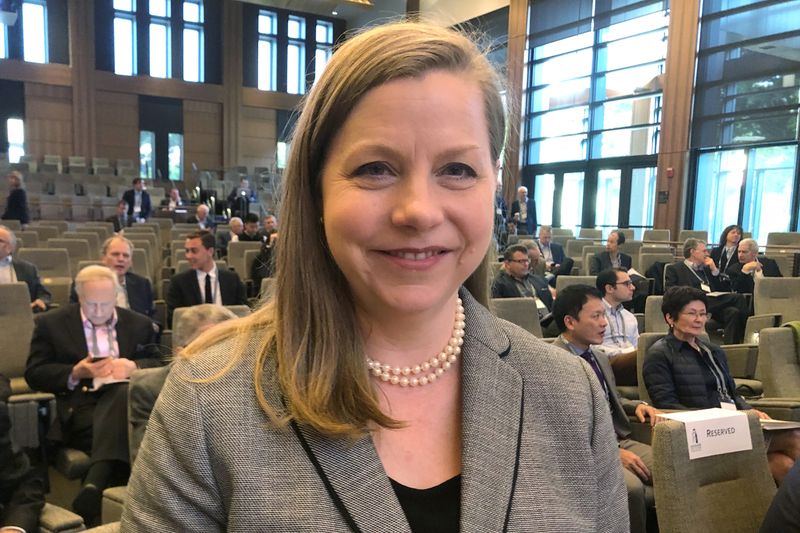(Reuters) -The contours of the debate at the heart of the Federal Reserve's policy decision next month came into clearer view on Monday as officials outlined the case for and against another interest rate hike.
"The debate is really about: Do we need to do another rate increase? Or not? ... I think we're pretty close to what a peak rate would be," New York Fed President John Williams said in an interview with the New York Times in which he voiced some confidence that underlying inflation was on a downward path.
"I do think that we are moving to an environment already where the underlying inflation rate has come down quite a bit," Williams said in the interview, conducted on Aug. 2 and released on Monday. Williams, the vice chair and a permanent voting member of the policy-setting Federal Open Market Committee, said that inflation measures developed by the New York Fed suggest the pace of price increases could slow to as little as 2.5% annually by the end of the year, within striking distance of the Fed's 2% target.
In separate remarks to a "Fed Listens" community event in Atlanta, Fed Governor Michelle Bowman said the combination of still-elevated inflation and continued economic growth meant further rate increases are likely.
"I supported raising the federal funds rate at our July meeting, and I expect that additional increases will likely be needed to lower inflation to the (Federal Open Market Committee's) goal," she said, referring to the central bank's benchmark overnight interest rate, which is currently set in the 5.25%-5.50% range.
"I will be looking for evidence that inflation is on a consistent and meaningful downward path as I consider whether further increases in the federal funds rate will be needed, and how long the federal funds rate will need to remain at a sufficiently restrictive level," Bowman said.
The Fed's preferred headline measure of inflation, the personal consumption expenditures price index, was at 3% on an annual basis as of June, while the same measure stripped of volatile food and energy prices was at 4.1% and has shown slower progress in recent months back to the Fed's target.
The Fed raised rates by a quarter of a percentage point at the end of its July 25-26 meeting, and the most recent projections by policymakers show most expect one more rate increase by the end of the year.
But recent data have shown inflation slowing faster than expected, with many analysts anticipating a "disinflationary" trend may be developing that will work in the Fed's favor.
Investors in contracts tied to the Fed's policy rate are currently betting against any further increases, and expect the central bank's next move to be a rate cut in the first months of next year.

Williams said that if inflation does continue falling, rate reductions would be appropriate next year so that the inflation-adjusted "real" rate of interest doesn't increase through inaction.
"Assuming inflation continues to come down ... then if we don't cut interest rates at some point next year, then real interest rates will go up, and up, and up. And that won't be consistent with our goals," Williams said. "From my perspective, to keep maintaining a restrictive stance may very well involve cutting the federal funds rate next year."